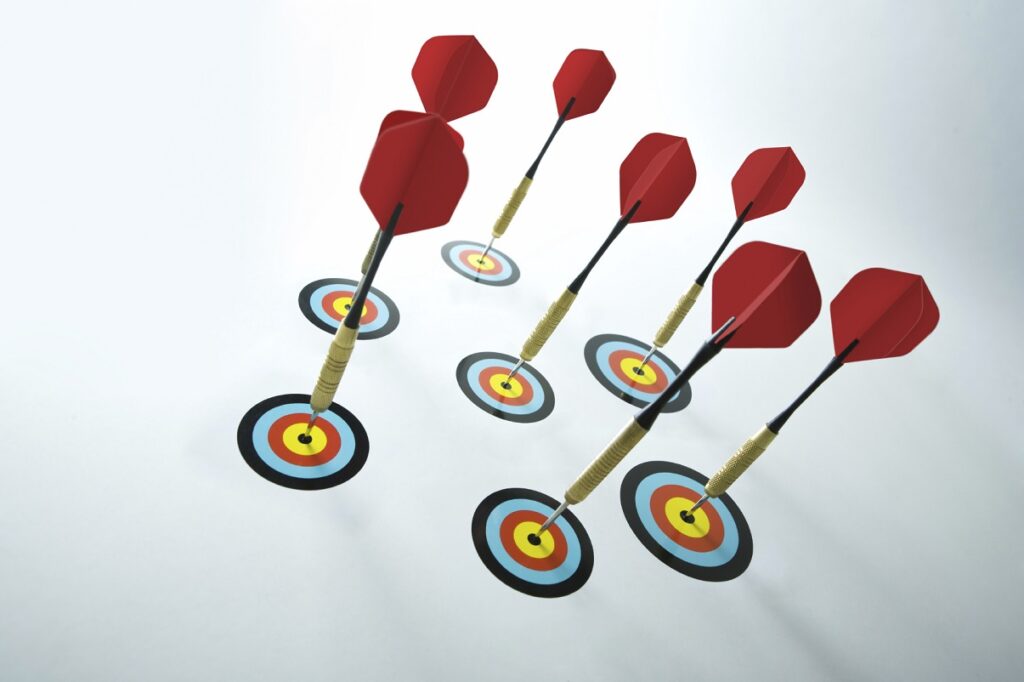The dramatic increase in the power of technology means that it’s never been easier to accomplish great things.Yet paradoxically, these same technologies can make it harder than ever to do the things that are important to us.
It’s a paradox that lies at the heart of the on-going productivity debate. Every day we’re faced with a torrent of emails, calls, texts and social media that threatens to bury us alive in an avalanche of information, robbing us of energy that should be spent on higher-value activities.
The tech-enabled, fast-paced nature of our work has impacted our lives to such a degree that millions feel overwhelmed, agitated and anxious – stressed when they are working and stressed when they are not.
In many cases success has been redefined as simply getting things done on time, rather than doing the important things with the attention and quality that makes us feel like we are doing extraordinary work.
A six-year global survey of 351,000 employees carried out by FranklinCovey found that 40% of time in the workplace is spent carrying out unimportant tasks. Based on a 40 hour week, this equates to 832 wasted hours per person each year and in our experience it is the biggest hidden cost in organisations today.
And the situation will only become worse if individuals and organisations don’t know how to get to grips with the productivity paradox and turn it to their advantage.
To address this, we’ve identified five choices that will enable people to become extraordinarily productive by spending more time on the things that really matter:
Choice 1 – Act on the Important, Don’t React to the Urgent
In order to be truly productive, we need to get into the habit of being conscious and intentional about everything we do. To help leaders and managers take control and only invest their time in the activities that warrant their effort and attention, FranklinCovey has developed a Time Matrix™ which is based on the interaction of activities that are urgent and important.
The Time Matrix™ is divided into four quadrants with Quadrant 1 consisting of tasks that are both urgent and important and include necessary activities such as problem solving and last-minute deadlines.
The activities that will make the biggest difference can be found in Quadrant 2, the quadrant of Extraordinary Productivity. Important but non urgent, they include creative thinking, relationship building, planning, learning and renewal.
Quadrant 3 consists of activities that distract us. Whilst unimportant, they appear urgent and include irrelevant meetings and needless interruptions.
Quadrant 4 is the quadrant of waste, being made up of unimportant, non-urgent activities ranging from gossip to trivial tasks.
By using the matrix to consciously spend more time carrying out Q2 activities whilst trying to eliminate those in Q3 and Q4, leaders and their organisations can dramatically improve productivity.
Choice 2 – Go for Extraordinary, Don’t Settle for Ordinary
Too many people see themselves as “ordinary”, as cogs in a big organisational machine. They lack a clearly-defined motivating vision of the extraordinary contribution they could be making.
The truly productive don’t just do what’s expected, they create their own future – a process which begins with them re-evaluating their roles and thinking about what more they could achieve.
When supported by role statements and clearly-defined goals (using the formula ‘From X to Y by When’), these enhanced roles help people choose where to focus their attention and energy each day to create most value.
Choice 3 – Schedule the Big Rocks, Don’t Sort Gravel
The next step is for leaders and managers to create a plan to turn their extraordinary aims into reality. The most productive plan how they will use their time and energy, ensuring that it’s spent on the key things – the Big Rocks – rather than the gravel which represents the more trivial activities.
Weekly and daily Quadrant 2 planning is essential and an invaluable tool for this is a Master Task List which allows leaders and managers to discern between the important and unimportant and maintain a single tracking system.
The basic rule is that potential activities either go on the Master Task List or on the floor. Using the quadrants of the Time Matrix™ for guidance, Q2s and Q1s go on the list but Q3s and Q4s are rejected.
Choice 4 – Rule Your Technology, Don’t Let It Rule You
Caught up in the urgent, stimulating and addictive power of technology, it’s easy to be fooled into thinking that we are being productive when in fact we are just being distracted from doing what’s really important.
By realising this, being clear about what’s important and using our skills of discernment we can begin to use technology more wisely in order to support our main aims.
The process starts by devising a system that keeps us focused on the important and fends off the unimportant.
To help bring order to the chaos, it’s important to see incoming information in terms of the “Core 4” categories – appointments and tasks (which require action); contacts and notes (which can be filed away for reference).
The next step is to manage important information so it can be accessed anywhere, anytime. How this is done will depend on the system chosen – it can be digital, paper-based or a combination – but as a guideline we recommend the Rule of One which means having one Master Task List, one calendar, one contacts list and one system for notes or documents.
Choice 5 – Fuel Your Fire, Don’t Burn Out
The last requirement is the physical and mental energy to make everything happen.
True productivity requires recharging the brain and body continually through five key drivers – Move, Eat high-quality food, Sleep, Relax and Connect socially.
Each of the five is powerful in its own right. However, the real power comes with a lifestyle that incorporates all five. Success in Choice 5 is the foundation of our ability to implement all the other choices and gives us the energy to do everything else.
So when faced with the option of being buried alive by distractions and irrelevancies or being extraordinarily productive, hopefully the answer will be obvious.
But the decision making doesn’t end there – The five choices have to be made and applied consistently. So, choose and act wisely. The results will be extraordinary.






